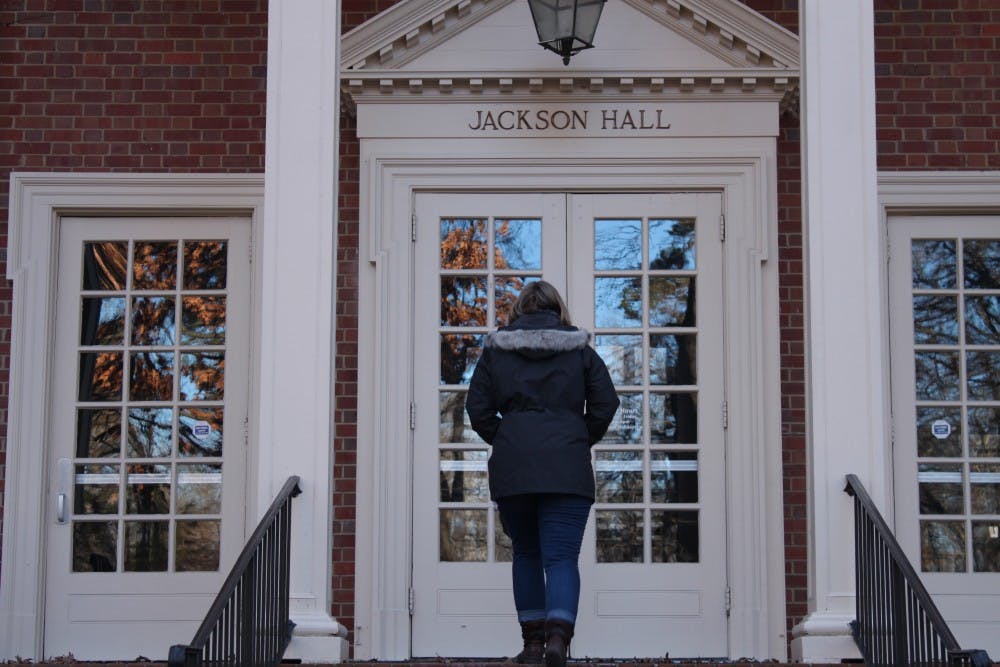A new report conducted by Carolina Demography and the John M. Belk Endowment identifies gaps within North Carolina’s educational pipeline in the hopes of improving education attainment for certain demographic groups and strengthening in-state talent.
The Leaky Pipeline Report comes at a time when recent projections from myFutureNC set out a statewide goal to ensure that two million North Carolinians, aged 25 to 44, will attain a postsecondary degree or credential by the year 2030.
Currently, 47 percent of North Carolina adults aged 25 to 64 have a postsecondary degree or non-degree credential, but this percentage must increase to meet the needs of the evolving North Carolina job markets over the next decade.
Findings from the North Carolina Labor and Economic Analysis Division report that jobs in health care support staff, computer and mathematical occupations, personal care, service occupations and technical occupations are expected to grow in the state. Employers in these sectors will expect their workers to have received more than a high school degree.
Rebecca Tippett is the director of Carolina Demography, a research consulting service based in the Carolina Population Center. Carolina Demography primarily conducts demographic research focused on North Carolina and the Southeast.
“The challenge is that we are seeing an increase in demand and concerns that we are not producing at a pace fast enough to keep up with that demand, and in particular we are not producing enough of our own talent,” Tippett said. “We are doing a lot of importation from other places.”
The Leaky Pipeline Report analyzed the North Carolina in-state, public postsecondary pipeline which follows the transition of public school students from elementary school through the completion of postsecondary education at a UNC-system university or a North Carolina Community College.
According to the report, an increasing amount of public school students fall out of the pipeline during the transition from high school to postsecondary education. The report highlights the large racial and ethnic disparities that exist in the likelihood of students transitioning to, and completing, North Carolina postsecondary institutions based on differences in students’ geographic location, sex and race or ethnicity.
“There are concerns that the state is falling behind on certain indicators, but there was no consensus or no clear knowledge about where there were opportunities to intervene and how the State is serious about meeting its job (on) broader objectives (like) where can it intervene, so that it can make change,” Tippett said.




